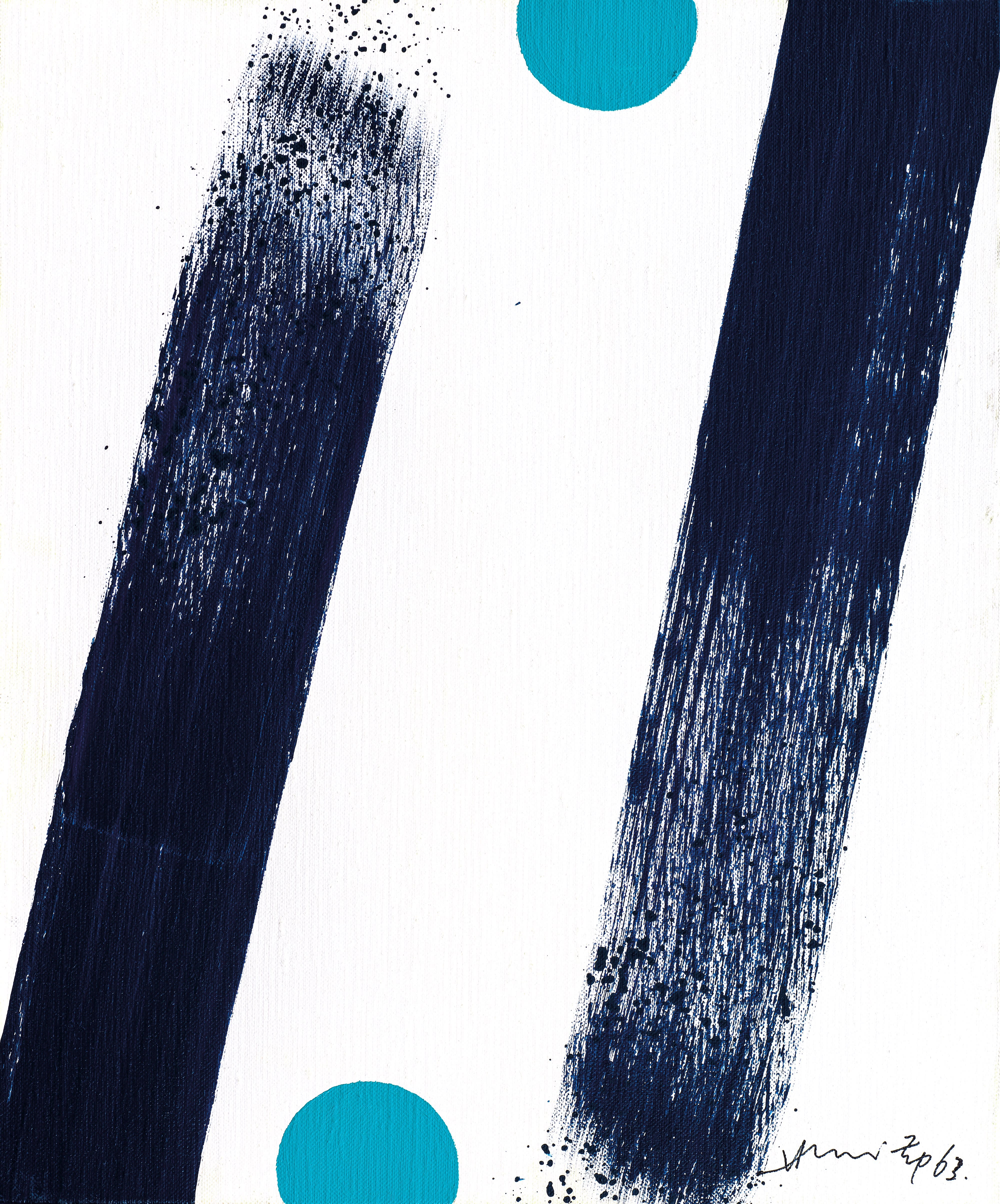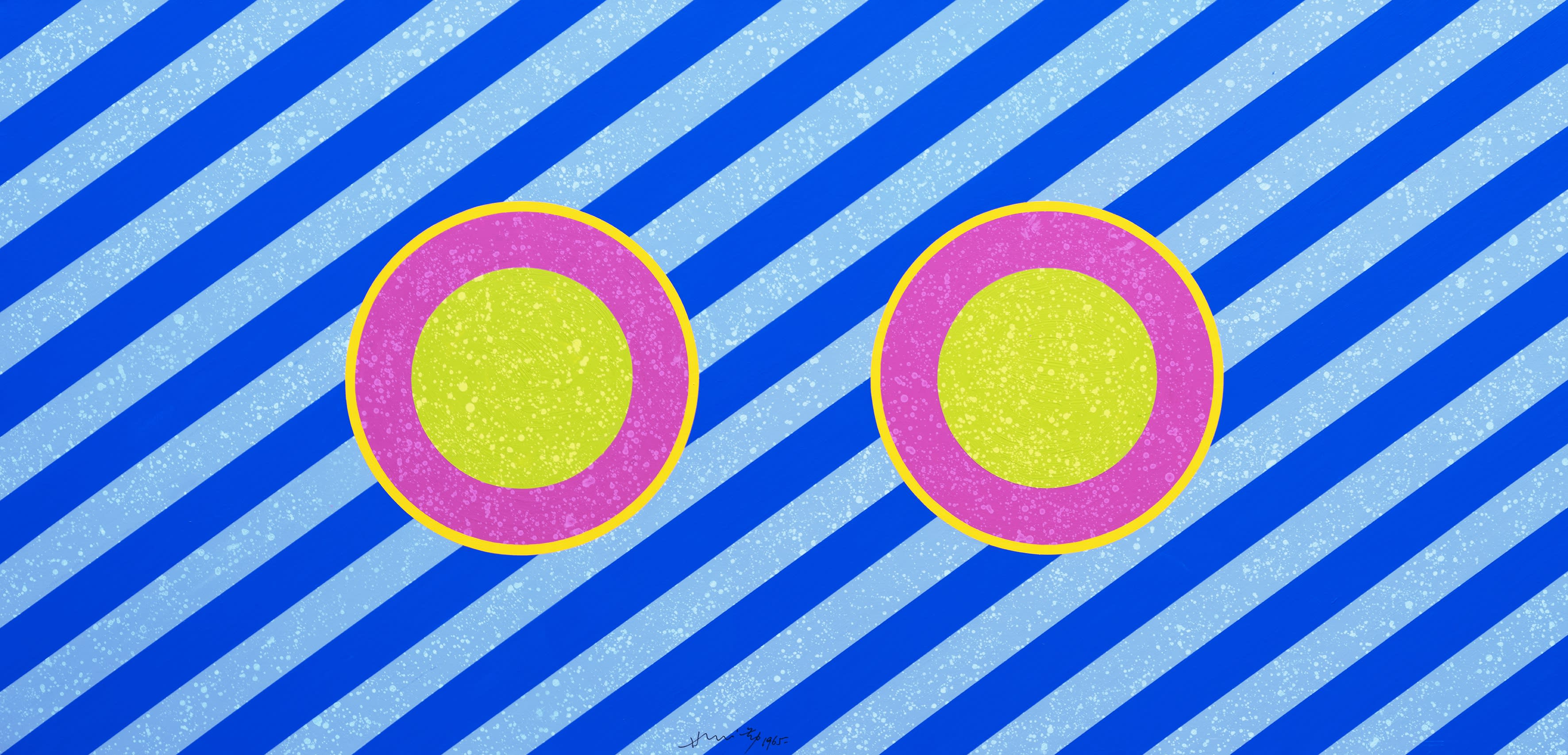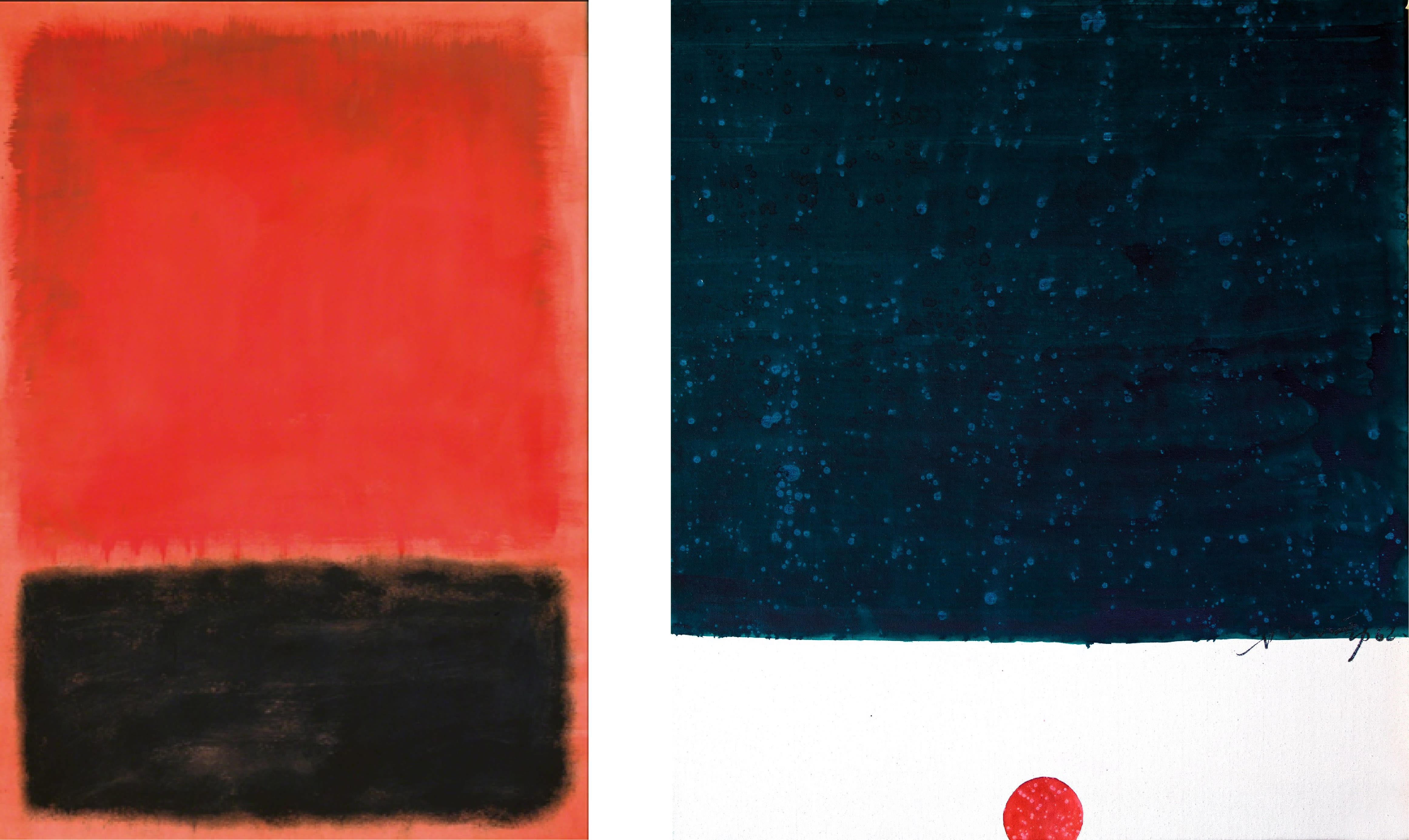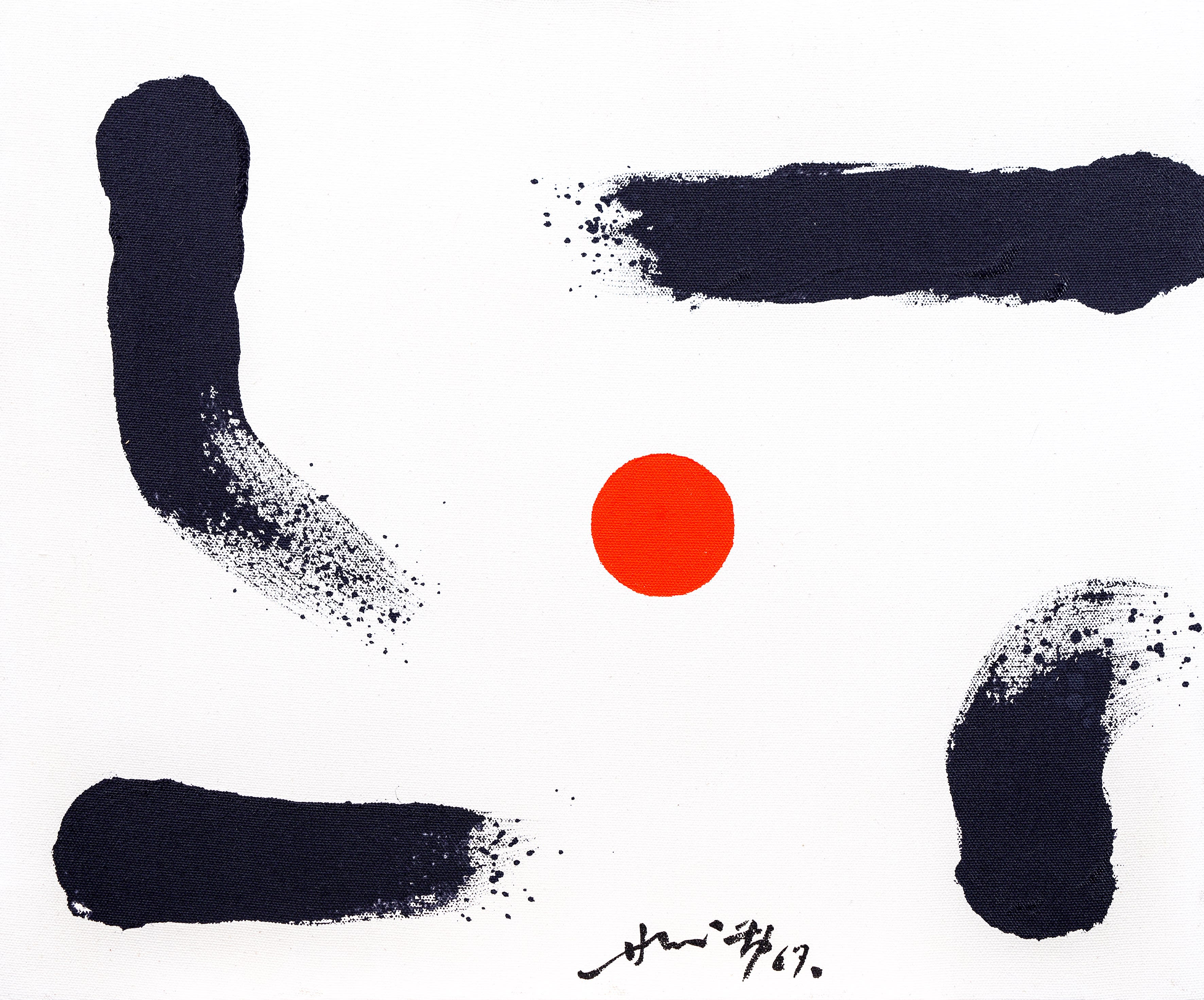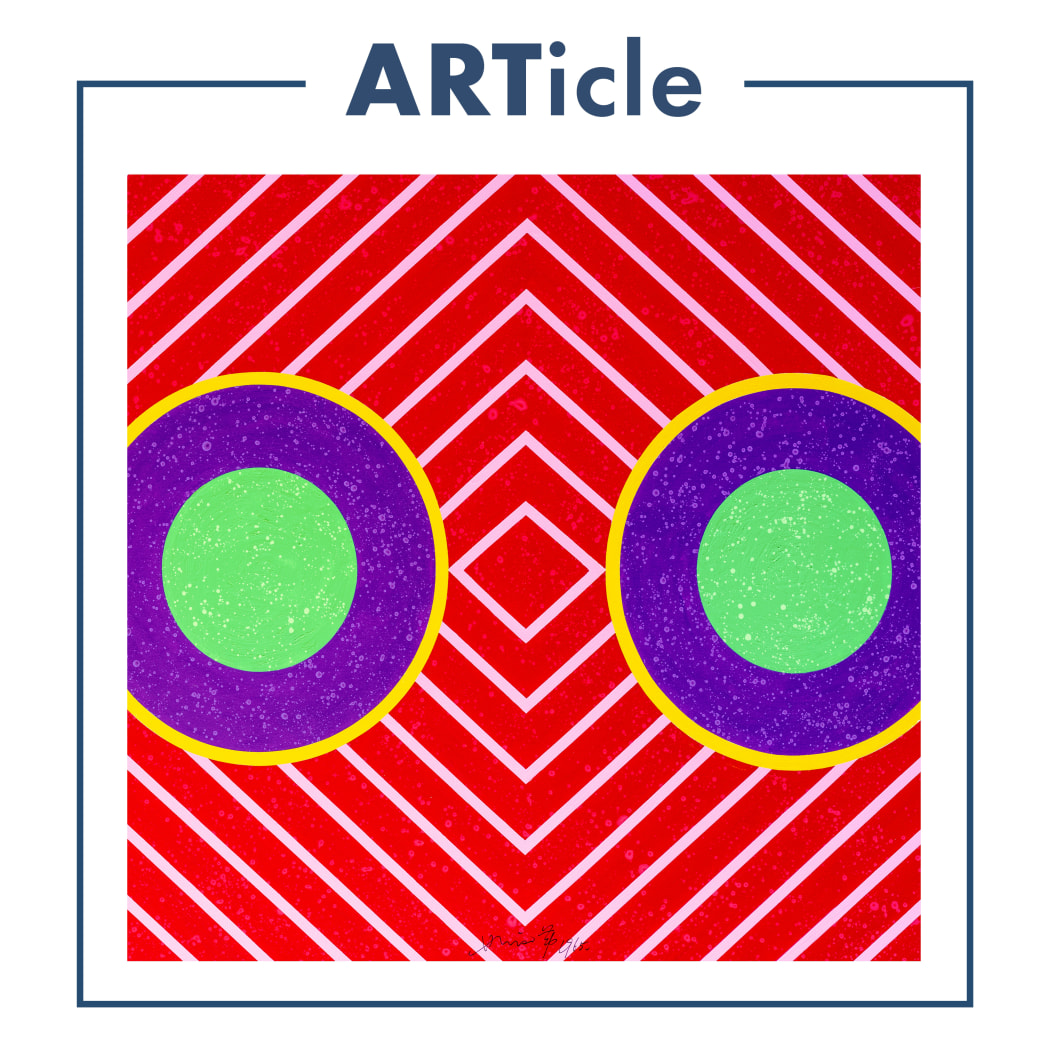
ARTicle is a feature curated by 3812 Gallery, presenting must-read articles by curators, scholars and art critics focusing on Eastern Origin in Contemporary Expression for your weekend digest.
In this week's ARTicle, we are delighted to present the exhibition foreword written by curator Philip Dodd for Hsiao Chin's retrospective In my beginning is my end: the art of Hsiao Chin. The exhibition takes place at the Mark Rothko Art Centre in Latvia from 31st July to 25th October 2020, as part of the celebratory programme for the artist's 85th year. In the foreword, Philip Dodd argues the importance and uniqueness of the modern abstract master who 'offers a path to the future'.
 Hsiao Chin, Vibrazione Universale, 1965, Acrylic on canvas, 140 x 290 cm
Hsiao Chin, Vibrazione Universale, 1965, Acrylic on canvas, 140 x 290 cm
BEGINNINGS AND ENDINGS
by Philip Dodd (curator)
Hsiao Chin is an important artist in the histories of both postwar European and modern Chinese art. This alone makes him a remarkable figure. His work can be found in the collections of both New York’s Metropolitan Museum and Beijing’s National Art Museum of China; Galleria Nazionale d’Arte Moderna in Rome and National Taiwan Museum of Fine Arts.
He was one of the founders of the Ton-Fan Art Group, the first Chinese abstract art group; as well as a founder of a European avant-garde movement, the Movimento Punto in Italy, whose other members include Dadamaino and Calderara.
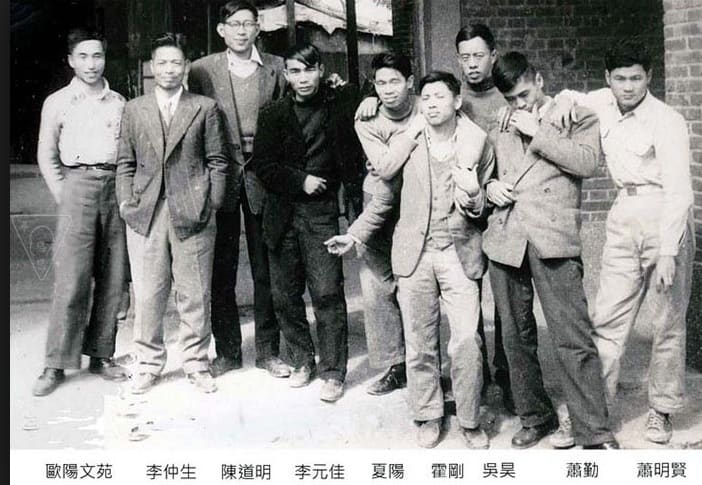
Members of the Ton-Fan Art Group with Li Chun-shan (From the left: Ouyang Wen-yuan, Li Chun-shan, Chen Tao-ming, Li Yuan-chia, Hsia Yan, Ho Kan, Wu Hao, Hsiao Chin, and Hsiao Ming-hsien)
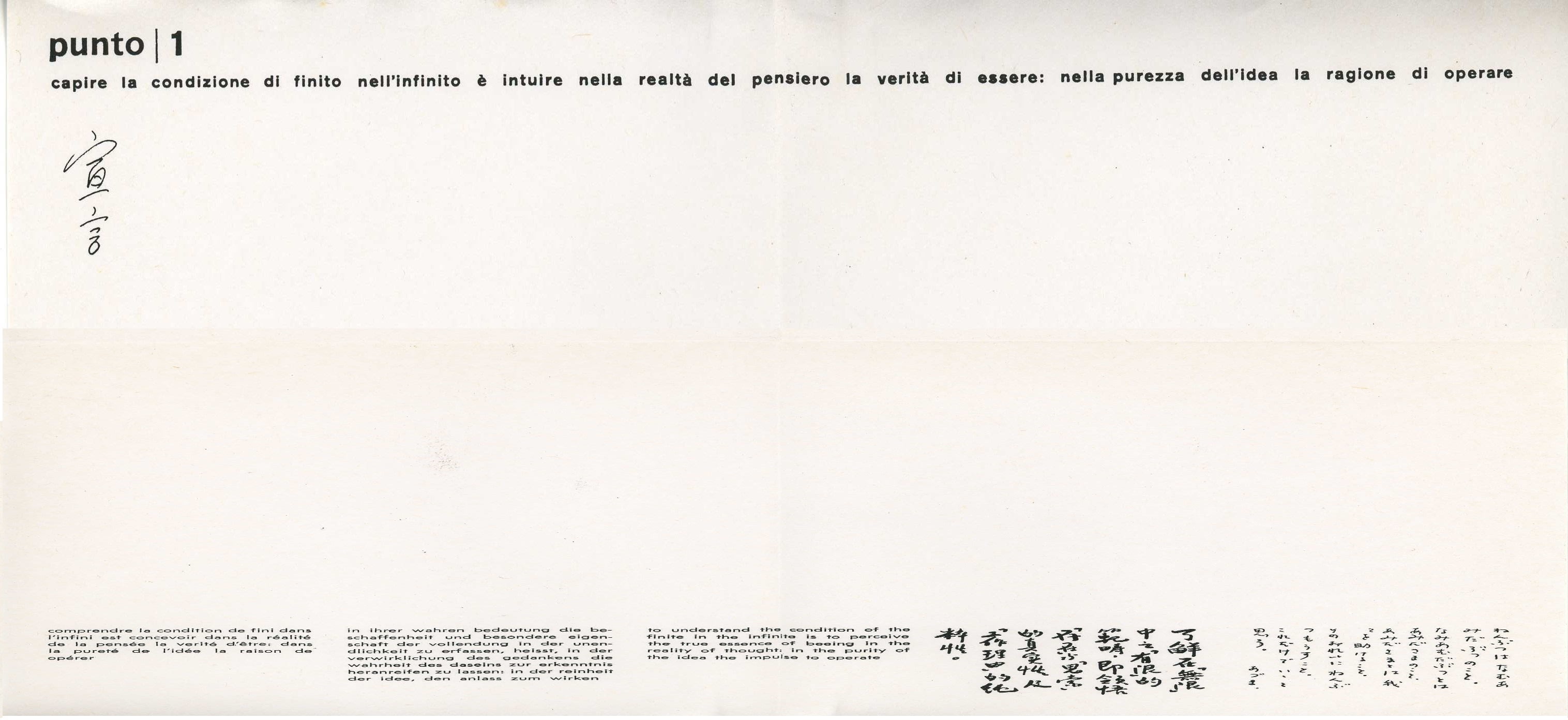
The statement of Punto International Art Movement in 1962
To reflect at the present moment on his life and to encounter his paintings is to be reminded of the wisdom of the great Argentinian writer Jorge Luis Borges when he said ‘everything in the present changes everything in the past’. At this moment, when the western story of art has unravelled and been displaced by globalised stories of art, Hsiao Chin has become ever more important, not only a maker of important and inventive paintings but also a profoundly exemplary and contemporary figure. His work can be seen anew.
As an artist, he is both routed and rooted – routed not only in terms of the range of western countries he has lived and made work in (Spain, Italy, US) but also in terms of his understanding of the languages of western art. He is, though, equally rooted, as he told me: ‘After experiencing and researching contemporary Western ideas first hand [in Spain and Italy], I felt a cultural shock and became more aware of the richness and profundity of my country’s artistic culture and philosophical thinking’.
Like some other émigré artists, Hsiao Chin had to leave home (become routed) in order to recognise the importance of its traditions to him (rootedness). He told me that, in 1960 when in Milan, he began to study the Tao, a central feature of traditional Chinese culture which wagers that there is some essence or pattern behind the natural world that keeps the cosmos balanced and ordered. Its practitioners are opposed to materialism: the attainment of simplicity and equilibrium is the mantra.
Hsiao Chin, Parallelism of Tao, 1963, Acrylic on canvas, 60 x 50 cm
Of course eastern thought was of great interest to many European artists in the postwar period: Zen Buddhism to Tàpies and to Yves Klein; more recently the British sculptor David Nash has said in the ‘60s he read voraciously Laozi and Antony Gormley at one stage considered to become a Buddhist monk.
The cliché that contemporary Asian art is indebted to western art might be stood on its head: European art, it might be said, is wildly indebted to Asian culture. After all, perhaps the greatest early proponent of western abstraction, Wassily Kandinsky, the author of ‘On the Spiritual in Art’, was influenced by Theosophy, itself shaped by Hinduism and Buddhism.
The truth is that the traffic was and is two-way, between Europe and Asia. Tàpies did not become an Asian artist by marinading himself in Buddhism, anymore than Hsiao Chin became an Italian artist by imbibing the ‘spatialism’ of Lucio Fontana. What matters in the end is the nature and quality of the art that Hsiao Chin made out of the resources available to him. But to understand what Hsiao Chin has made is not simply a ‘natural’ matter of looking. As the English painter Frank Auerbach has said: ‘Painting is a cultural activity; it is not like spitting. One can’t kid oneself.’ Nor is looking at painting, one might add.
Hsiao Chin, Universal Vibration, 1965, Acrylic on canvas, 140 x 290 cm
How should we look at Hsiao Chin’s paintings? What do they mean? Begin by looking at the variety of marks and shapes made even within a single painting, drawn from a variety of traditions. In ‘The Origin of Chi 3’ there are the four black brushstrokes chasing or being chased by a pink circle - luscious versions of the black ink strokes of traditional Chinese calligraphy mixed with a circle whose colour seems drawn from a European movement such as Fauvism which Hsiao Chin was exposed to by his teachers.
Hsiao Chin, The Origin of Chi-3, 1962, Ink on canvas, 40 x 60 cm
Or examine ‘Power of the Light’, executed in acrylic, in the ‘60s a young medium, where a set of geometrical shapes - rhombus and circle – are painted with a sharp if chaste exactitude, drawing the viewer ever inwards. To help make sense of what these shapes are doing, it is worthwhile remembering a comment by Mark Rothko whom Hsiao met and whom he admired. Rothko said:
‘I think of my pictures as dramas: the shapes in the pictures are the performers. They have been created from the need for a group of actors who are able to move dramatically without embarrassment and execute gestures without shame’.
Left: Mark Rothko, Composition, 1959, Courtesy of the Mark Rothko Art Centre
Right: Hsiao Chin, Il silenzio, 1962
Like Rothko’s paintings, Hsiao Chin’s are arenas of drama, with shapes and blocks of colours as performers. But no more than Rothko’s paintings are the shapes and colours only formal matters. Hsiao Chin has recently said in the late ‘50s he began experimenting ‘with abstract oil painting by applying structural techniques and eastern symbolism’.
The reference to ‘eastern symbolism’ simply confirms that the circle in a Hsiao Chin painting is more than a circle – it is an image of oneness and of fulfilment; in Chinese culture, the sky is round. On the other hand a rectilinear figure such as the rhombus refers to the earth in Chinese culture – and that suggests a work such as ‘Power of the Light’ is an image of the relationship between and harmony of heaven and earth.
Hsiao Chin, Energy of Movement, 1967, Acrylic on canvas, 50 x 60 cm
Hsiao Chin’s reference to ‘structural elements’ similarly confirms what the eye sees – that his paintings are structured in terms of contrasts. To use his own words ‘The fundamental duality of Yin and Yang also emerged in my work [at that time] in the form of polarized constructs: motion and stillness, emptiness and substance, strong and weak, black and white, cold tones and warm tones’.
Western critics will have to get used to learning about the cultural grammar of art from Asia if they are to understand it, in the same way that a viewer needs to understand Greek myth and the Bible to make sense of Poussin.
Hsiao Chin, Power of the New Universe (Il potere dell’ Universo Nuovo), 1997
Acrylic on canvas, 140 x 300 cm
Hsiao Chin makes paintings that are not only formally inventive (although they are that) but are trying to find a substantial form for the substantiality of the world – for the relationship of the inner and outer worlds. To realise that ambition Hsiao Chin fuses western and Asian elements of painting and culture. He is in every good sense a globalised artist avant la lettre; an artist who offers a path to the future.
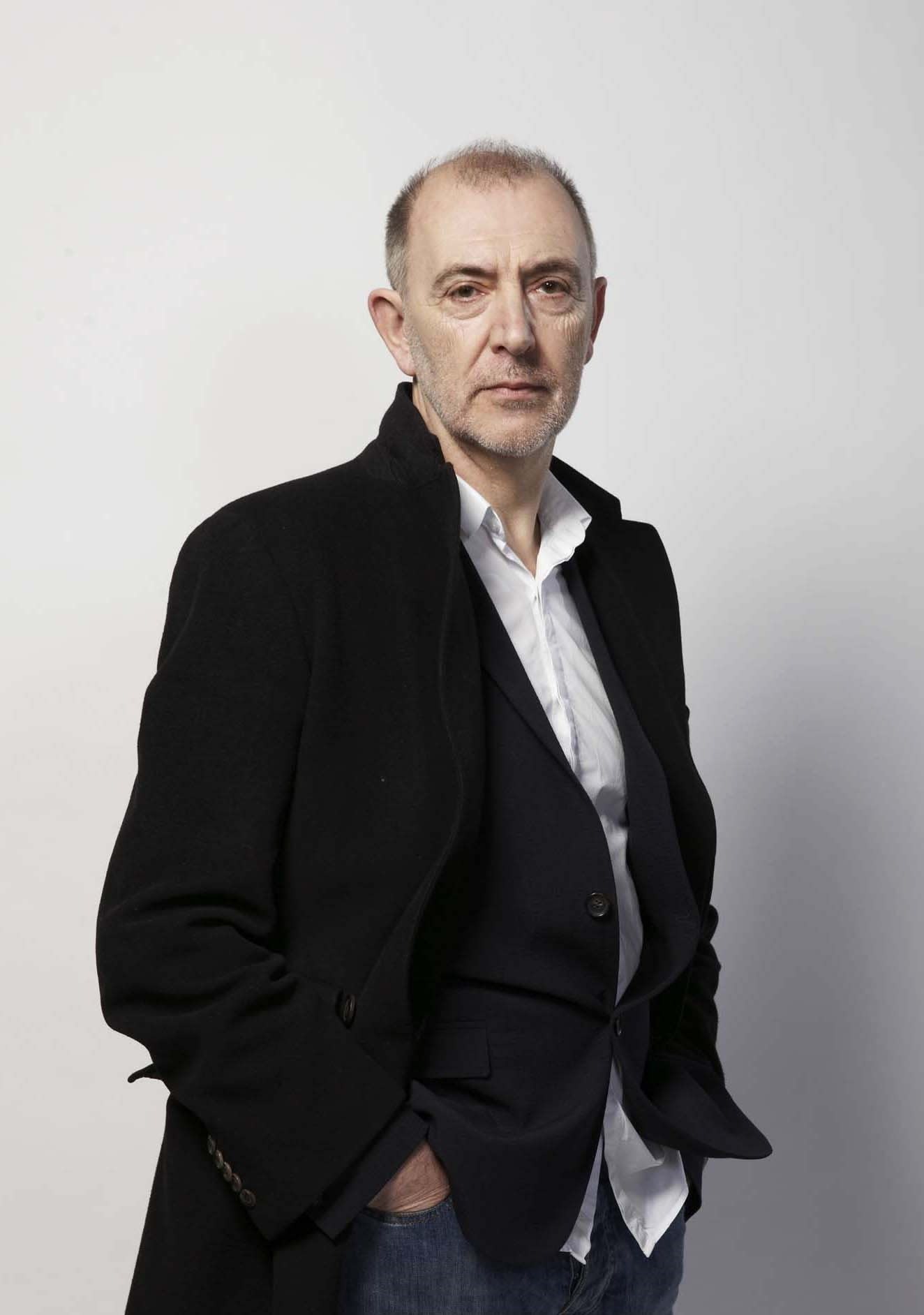
Philip Dodd has curated many exhibitions globally, from New York to Beijing, including a major retrospective of Sean Scully in five museums across China. He has written numerous books on art, film and literature and he has been named one of the ‘100 Art Innovators’ by the US magazine Art + Auction (2016).
Image courtesy of Hsiao Chin's artworks: Hsiao Chin Foundation
